Design Gardens That Thrive Through Droughts, Floods, and Temperature Extremes
Climate unpredictability shouldn't mean landscape failure. Our custom designs ensure your outdoor spaces flourish despite environmental swings, helping you reduce water bills by up to 60% while creating more resilient, beautiful environments.
Schedule Climate Assessment View Plant GuideProven strategies for Pennsylvania's evolving climate conditions
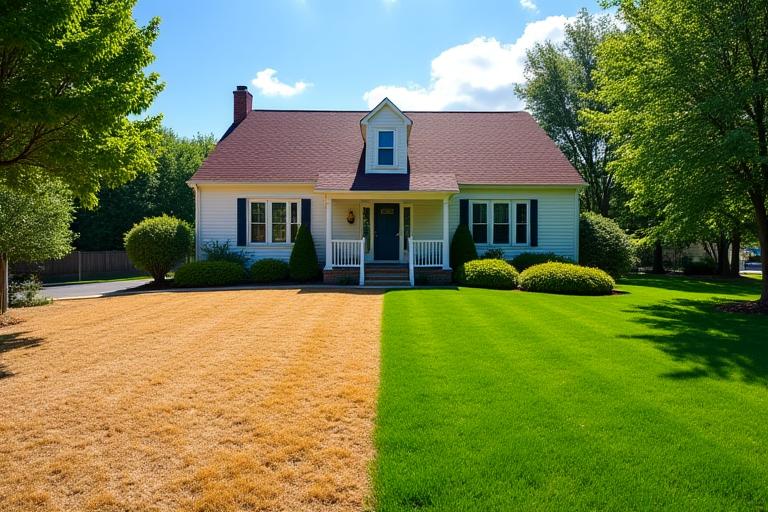
The Climate Challenges Facing Pennsylvania Landscapes
For discerning property owners, relying on traditional landscape methods is a vulnerability. Pennsylvania has experienced a **40% increase in extreme precipitation events** over the past 20 years, coupled with longer, hotter dry spells. Our approach provides the critical climatic buffer your sophisticated landscape requires.
Increasing Drought Frequency
**Problem:** Extended dry periods stress non-native turf and shallow-rooted ornamentals, requiring intensive, costly irrigation, or resulting in plant loss.
**Phytomorivaxlendra Solution:** Hydrozoning, advanced soil amendments, and strategic selection of deep-rooted, drought-tolerant plants adapted to regional dryness and heat.
Temperature Volatility
**Problem:** Erratic temperature swings, especially late spring freezes and prolonged heat waves, damage plants reliant on consistent seasonal patterns.
**Phytomorivaxlendra Solution:** Utilizing microclimate mapping to match plant selection precisely to site conditions, preferring species with broader hardiness tolerances.
Heavy Precipitation Events
**Problem:** Saturated soils lead to root rot, nutrient runoff, and excessive stormwater burdens on infrastructure.
**Phytomorivaxlendra Solution:** Integrating bioretention systems, rain gardens, and targeted soil enhancements to rapidly increase infiltration and manage runoff on-site.
Extended Heat Periods
**Problem:** Longer summers and increased solar intensity accelerate water evaporation and reduce plant vigor.
**Phytomorivaxlendra Solution:** Strategic canopy placement, appropriate mulching techniques, and selecting plants with natural heat-stress protective mechanisms.
Strategic Plant Selection for Climate Resilience
Our botanical expertise goes beyond aesthetics. We employ a proprietary multi-factor methodology, ensuring every plant installed is suited to your precise microclimate and global climate projections, guaranteeing long-term health and minimal demand.
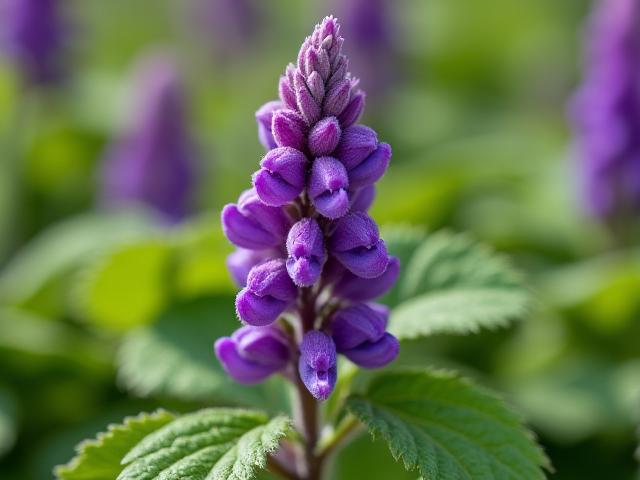
Drought-Tolerant Perennials
Species like *Salvia nemorosa* 'Caradonna' and *Sedum* 'Autumn Joy' provide vibrant color with minimal water. Chosen for deep root systems and waxy leaf coatings.
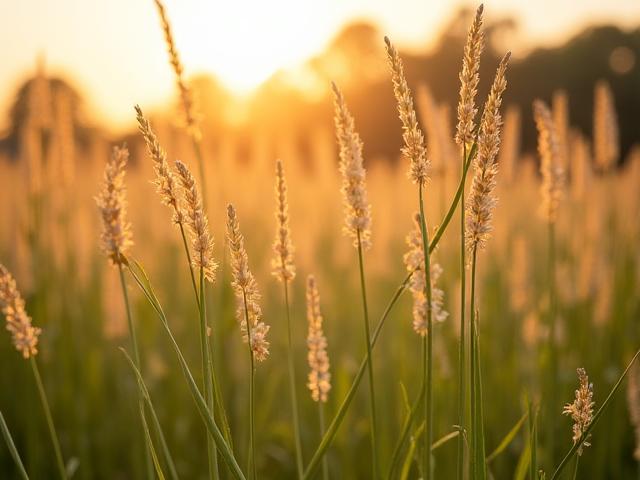
Native Keystone Grasses
Hardy grasses such as *Panicum virgatum* (Switchgrass) and *Schizachyrium scoparium* (Little Bluestem) build exceptional soil structure, thrive in diverse conditions, and require no supplemental irrigation.
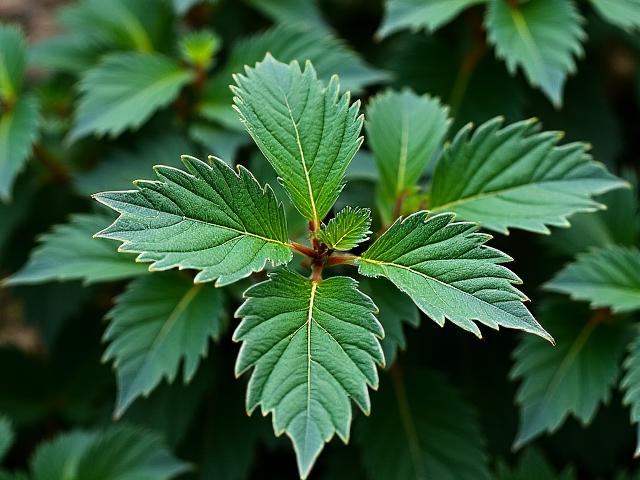
Climate-Adapted Shrubs
We specify hardy, multi-season shrubs like *Rhus aromatica* (Fragrant Sumac) and *Juniperus virginiana*, which establish quickly and offer robust resistance to both heat and heavy ice loads.
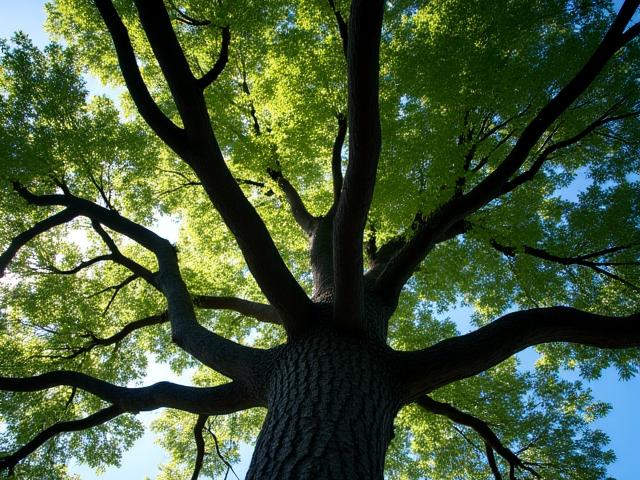
Resilient Canopy Trees
Prioritizing native, large-stature trees (*Quercus*, *Acer rubrum*) that sequester carbon and provide critical cooling and shade, ensuring the future microclimate of your property.
Advanced Water Management Strategies
Our engineering strategies focus on optimizing every drop, seamlessly integrating conservation science with sophisticated technology to reduce consumption by 50-70%.
Smart Irrigation Technology
Weather-informed controllers and soil moisture sensors ensure irrigation only runs when necessary, adapting automatically to real-time microclimate conditions—preventing waste and guaranteeing optimal plant health.
View Detailed Irrigation Systems Integration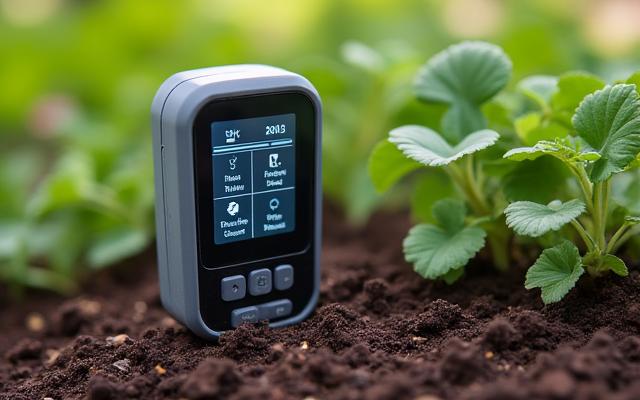
Rainwater Harvesting Systems
Designing elegant cisterns and storage solutions to capture roof runoff. This high-quality, free water can be used for irrigation, reducing reliance on municipal supplies and generating substantial long-term savings.
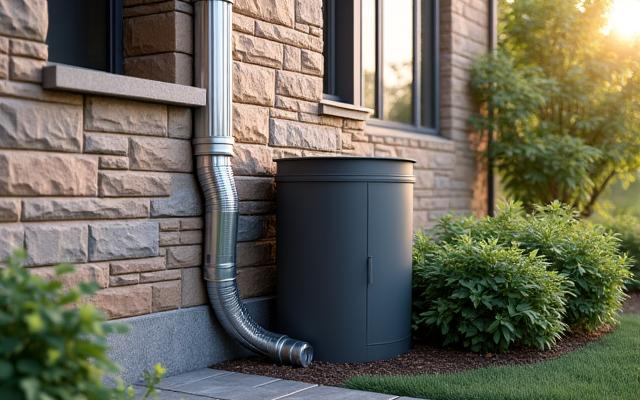
Building Resilience from the Ground Up: Soil Health
The true foundation of a climate-resilient garden is deeply healthy soil. We transform inert soil into a living ecosystem capable of retaining water, cycling nutrients, and sequestering carbon.

Our Soil Transformation Process:
- **Precision Testing:** Comprehensive analysis of current soil structure, pH, and nutrient deficiencies specific to your PA location.
- **Organic Matter Enhancement:** Integration of aged, site-specific compost and biochar to drastically improve water holding capacity.
- **Microbial Health:** Strategic introduction of beneficial mycorrhizal fungi to extend root foraging radius, vital for drought survival.
- **Long-term Monitoring:** Developing maintenance protocols that ensure ongoing vitality, requiring fewer external inputs (fertilizer or water) over time.
Beauty and Resilience: Not Mutually Exclusive
We fundamentally reject the myth that climate-resilient design must mean 'xeriscaped gravel.' Our expertise proves a resilient landscape can be the pinnacle of sophisticated, four-season visual interest.
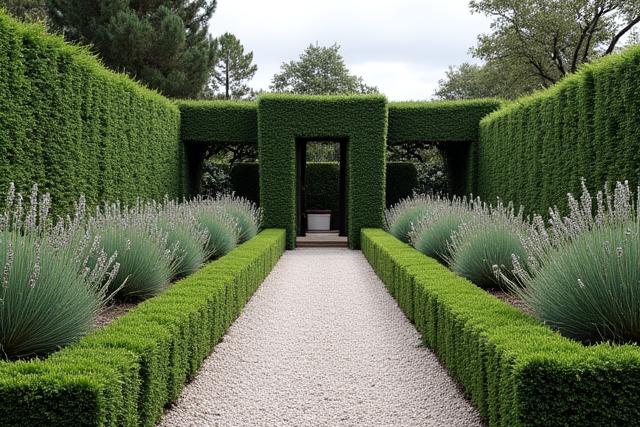

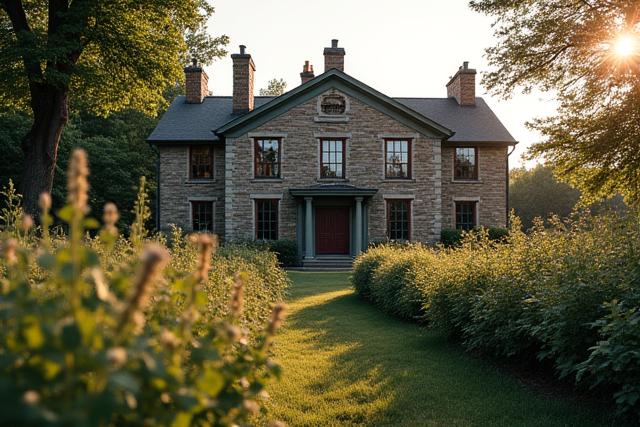
The Financial Case for Climate-Resilient Landscaping
Investing in resilience is fiscally responsible. Our clients recognize significant returns on investment through reduced utility consumption, lower maintenance costs, and enhanced long-term property valuation.
Quantifiable Savings Over 10 Years:
- **Water Costs:** Typical reduction of $800 - $2,000 annually.
- **Maintenance:** Minimal fertilization and chemical needs reduce ongoing costs by approximately 35%.
- **Property Value:** Documented curb appeal and sustainability features can increase appraisal value by 4-8%.
- **Incentives:** Guidance on utilizing local Pennsylvania municipal and state rebates for water conservation installations.
Avoided Cost Example: Our proprietary designs virtually eliminate the need for costly plant replacement following severe drought events.

Your Path to a Climate-Resilient Landscape
Our structured process ensures your landscape investment is precise, expertly executed, and guaranteed for enduring success.
1.
Assessment
Detailed site and microclimate analysis. Comprehensive soil and water-use reporting.
2.
Resilient Design
Bespoke blueprints integrating hydrozoning, selected plant palettes, and water systems.
3.
Strategic Installation
Expert plant procurement and installation using proprietary soil health protocols.
4.
Establishment Support
Post-installation care guidance and long-term monitoring for three seasons.
Schedule Your Climate Resilience Assessment
We offer a complimentary site evaluation and preliminary water-use analysis for eligible Pennsylvania properties.
Start Your Project Today →Over 150 successful resilient landscape transformations completed since 2018.